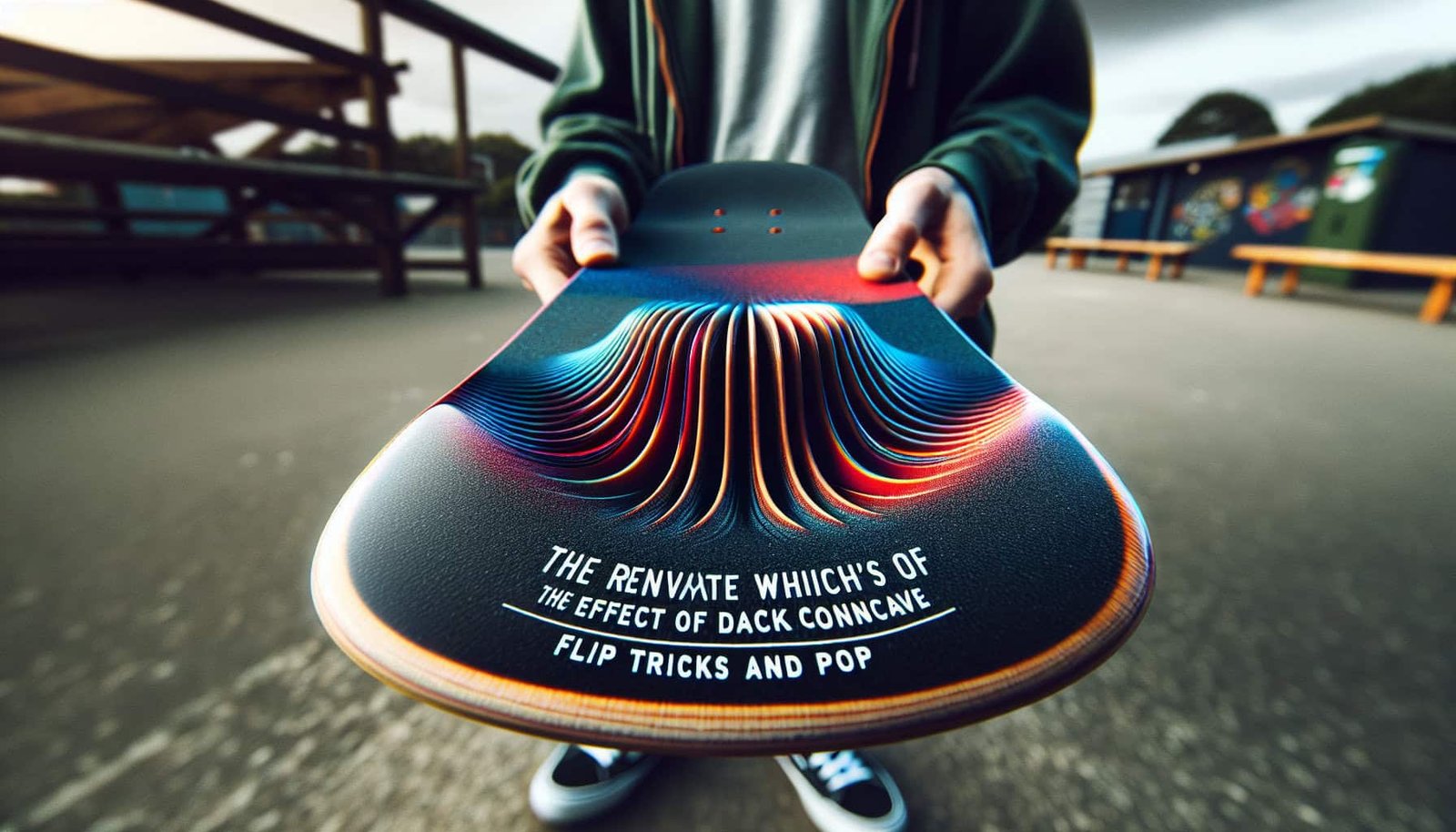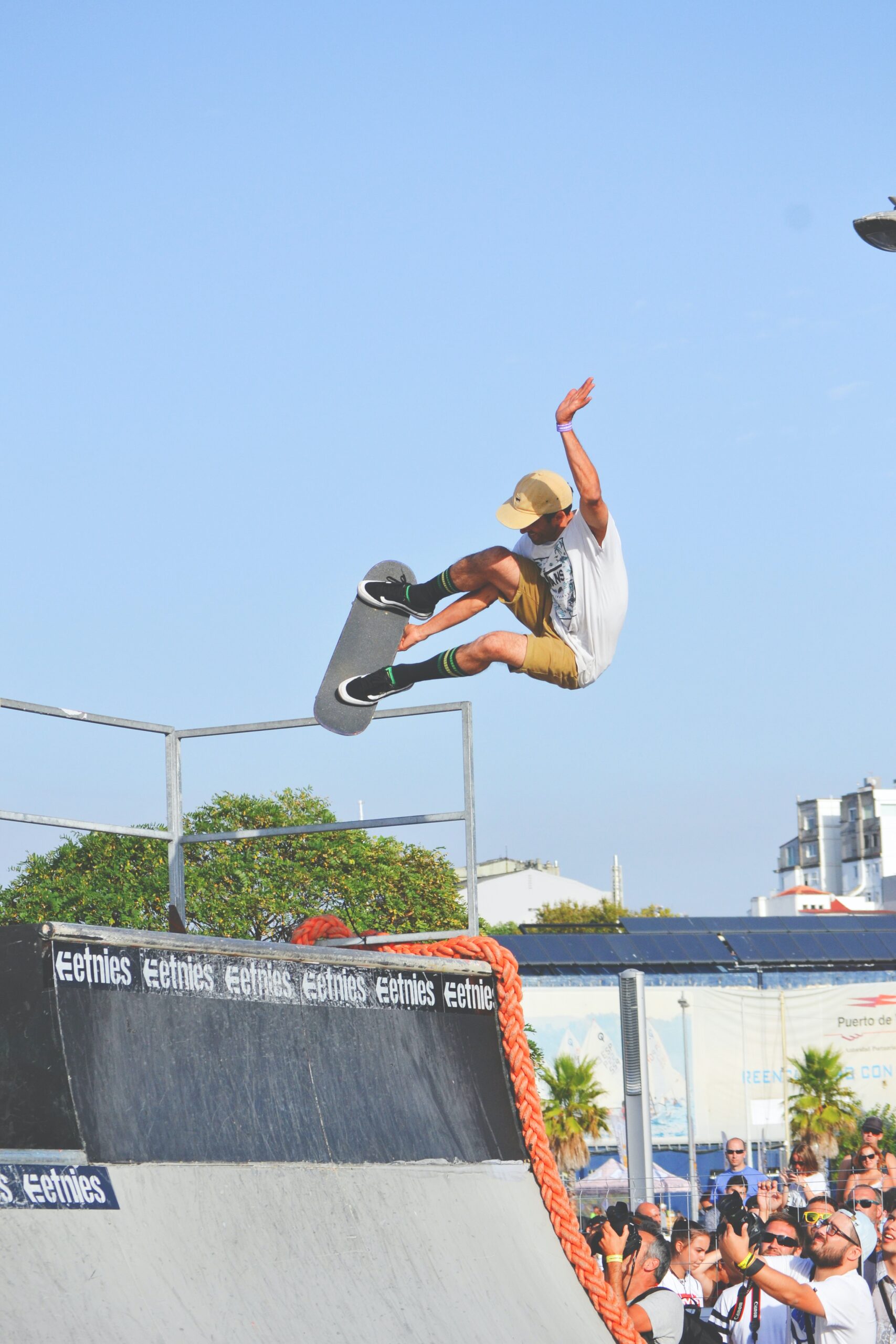Imagine you’re a skateboarder attempting new tricks and wondering why some boards feel easier to flip and pop than others. Well, the secret might lie in the deck concave. By shaping the skateboard deck with varying degrees of curvature, manufacturers can enhance the board’s performance when it comes to flip tricks and generating pop. This article will explore the influence of deck concave on these aspects of skateboarding, giving you a better understanding of how it can impact your riding experience. Get ready to dive into the world of deck concave and unlock the secrets behind those jaw-dropping tricks!
I. Understanding Deck Concave
A. Definition of Deck Concave
Deck concave refers to the curvature or shape of a skateboard deck along its width. It is the inward curve that runs from edge to edge, creating a concave shape on the top side of the deck. This concave shape is essential for providing stability and control while performing tricks and maneuvers on a skateboard.
B. Types of Deck Concave
Skateboard decks come in various types of concave, each offering a different feel and functionality. The most common types of deck concave include:
Radial Concave: This type of concave features a smooth, rounded profile with a consistent curve from nose to tail. It provides an even pressure distribution across the deck, making it suitable for all-around skateboarding and flip tricks.
Progressive Concave: Progressive concave is characterized by a more pronounced curvature near the center of the deck, gradually flattening out towards the edges. It offers enhanced responsiveness when shifting weight and is often favored by street skaters for flip tricks and technical maneuvers.
W-Concave: W-concave consists of an additional concave curve in the middle of the deck, forming a “W” shape. This design provides increased support and stability, especially during slides and transitions. It offers excellent control for riders who prefer a more locked-in feel.
Flat Concave: Flat concave, as the name suggests, has minimal curvature, resulting in a flatter deck profile. This design is commonly found on longboard and cruiser decks, where stability and a more relaxed riding style take precedence over flip tricks.
Understanding the different types of deck concave allows skaters to choose a deck that aligns with their specific skateboarding style and desired performance.
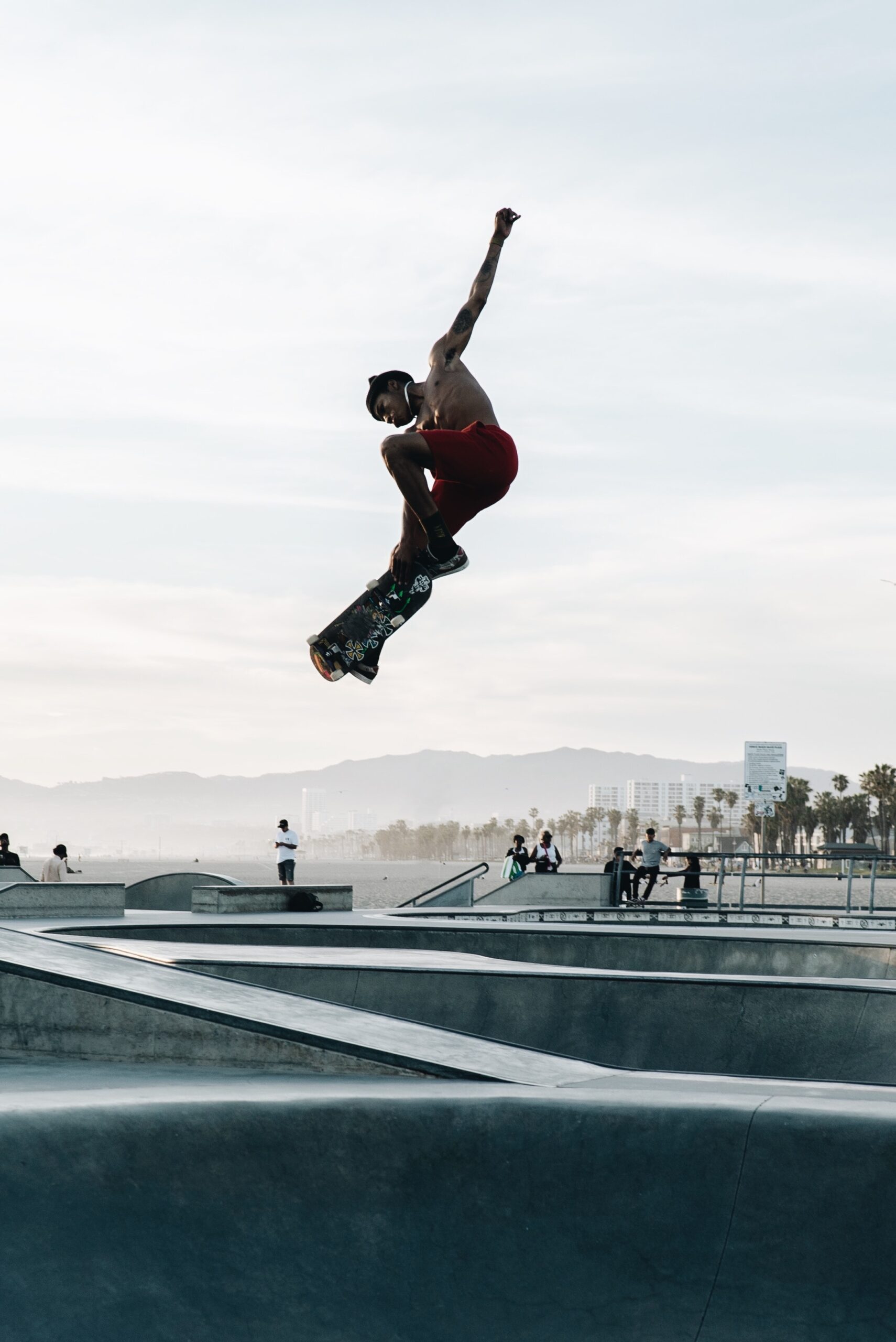
II. Flip Tricks and Pop
A. Definition of Flip Tricks
Flip tricks are a fundamental aspect of skateboarding and involve manipulating the skateboard in mid-air to perform various tricks and rotations. These tricks typically involve using your feet or flicking your toes against the skateboard’s tail or nose to achieve specific aerial movements and rotations.
Popular flip tricks include kickflips, heelflips, varial flips, and tre flips, to name just a few. These tricks showcase a skater’s skill, style, and creativity, making them a thrilling and essential part of modern skateboarding.
B. Importance of Pop in Skateboarding
Pop refers to the skateboard’s ability to spring back into the air after being pressed down on the ground. It is primarily generated by the skateboard’s construction, specifically the deck’s stiffness and the quality of the wood used. Having good pop is crucial for executing flip tricks effectively.
Skaters rely on the pop to provide the necessary upward force to execute tricks and rotations. A skateboard with enhanced pop enables skaters to achieve higher heights, perform more complex maneuvers, and land tricks with precision. Without sufficient pop, executing flip tricks becomes difficult and can adversely affect a skater’s performance and progression.
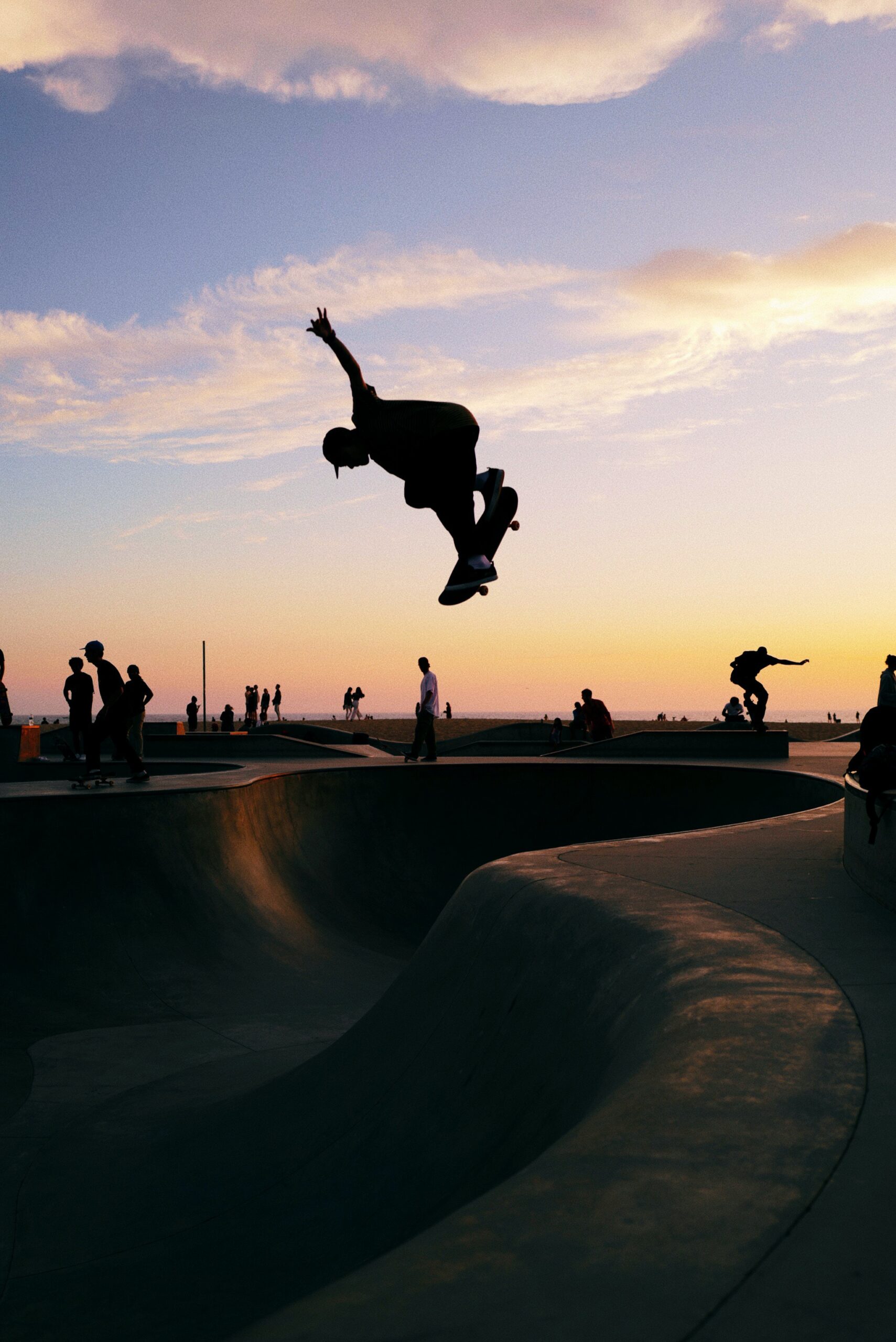
III. The Influence of Deck Concave on Flip Tricks
A. Relationship Between Deck Concave and Flip Tricks
Deck concave plays a significant role in the execution of flip tricks. The concave shape affects how the skateboard responds to the pressure and flicking motion applied by the skater’s feet during the trick.
The concave provides a natural pocket for the skater’s feet, allowing for a secure and stable position when initiating and maintaining control of the board during flip tricks. A concave deck offers increased leverage, making it easier to pop the board and manipulate it with precision.
B. How Different Deck Concaves Affect Flip Tricks
Different deck concaves can have varying effects on the performance and execution of flip tricks. Let’s explore the influence of some common deck concave types on flip tricks:
Radial Concave: Radial concave decks offer a versatile platform for flip tricks. The even pressure distribution provided by the consistent curve allows for a balanced pop and flick, making it suitable for a wide range of flip tricks and rotations.
Progressive Concave: Progressive concave decks are favored by many skaters for flip tricks due to their responsive feel. The pronounced curvature near the center of the deck enhances the ability to catch and control the board mid-air, enabling skaters to execute flip tricks with precision and speed.
W-Concave: W-concave decks offer exceptional support and stability during flip tricks. The additional concave curve in the middle of the deck provides a cradling effect, allowing skaters to lock in their feet and maintain control during flip tricks that involve rotations or quick flicks.
Flat Concave: Flat concave decks are generally not preferred for flip tricks as they lack the curvature necessary for optimal flicking and pop. Flat concave decks are more commonly associated with cruising, where flip tricks are less common.
Choosing a deck with the right concave for flip tricks is crucial to maximize control, responsiveness, and overall skateboarding performance.
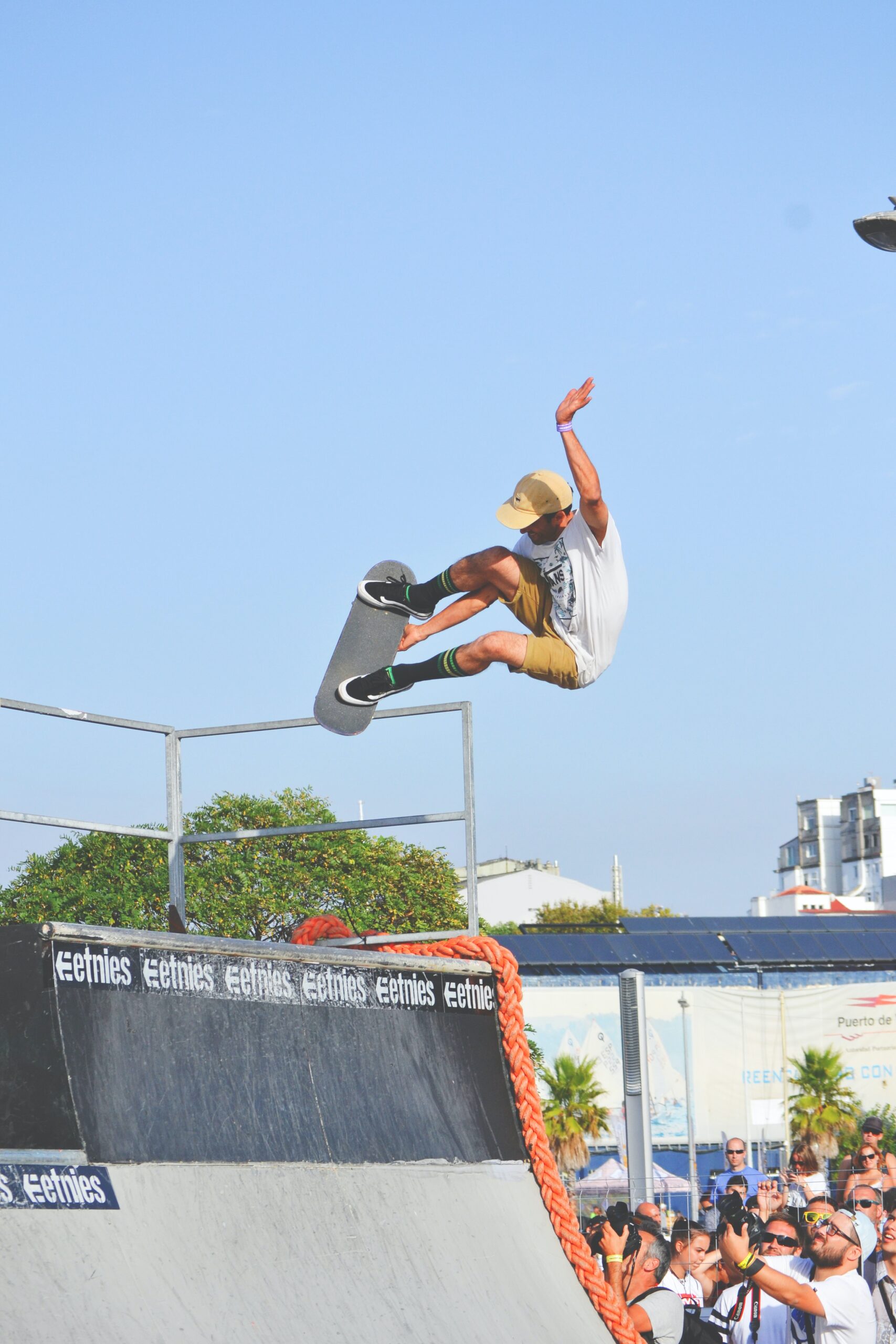
IV. The Influence of Deck Concave on Pop
A. Relationship Between Deck Concave and Pop
Deck concave and pop share a close relationship as the shape of the deck directly impacts the skateboard’s ability to generate upward spring and energy upon being popped.
The concave shape, particularly in the tail and nose areas, helps amplify the pop. When pressure is applied to the concave, such as stomping down on the tail, the curvature stores and transfers energy, propelling the skateboard upwards when released. The concave acts as a functional component that assists in maximizing the pop potential of the skateboard.
B. How Different Deck Concaves Affect Pop
Different deck concaves can influence the pop characteristics of a skateboard. Here’s a look at how different deck concaves can affect pop:
Radial Concave: Radial concave decks typically offer reliable and consistent pop. The even curvature across the width of the deck allows for a balanced distribution of energy, resulting in a consistent upward force when executing pop tricks.
Progressive Concave: Progressive concave decks enhance the pop due to the more pronounced curvature in the center of the deck. This design magnifies the energy transfer, providing skaters with an extra spring when popping the board, resulting in higher ollies and greater aerial control.
W-Concave: W-concave decks can affect pop by distributing the pressure differently. The additional concave curve in the middle of the deck creates a unique pop sensation, where skaters can feel an increased rebound effect. This can contribute to higher pop and added control, particularly when initiating flip tricks that require a powerful pop.
Flat Concave: Flat concave decks have limited influence on pop. The minimal curvature of flat concave decks typically results in less pronounced pop compared to other concave designs. However, flat concave decks are often favored for stability and cruising, where a significant pop is less crucial.
Choosing a deck with the appropriate concave can significantly impact pop quality, allowing skaters to achieve higher ollies, execute more advanced tricks, and enhance overall skateboarding performance.
In conclusion, deck concave plays a vital role in both flip tricks and pop within the realm of skateboarding. Understanding the relationship between deck concave and these aspects can help skaters make informed decisions when selecting a skateboard deck that aligns with their specific style and preferences. So, embrace the concave and elevate your skateboarding experience!
